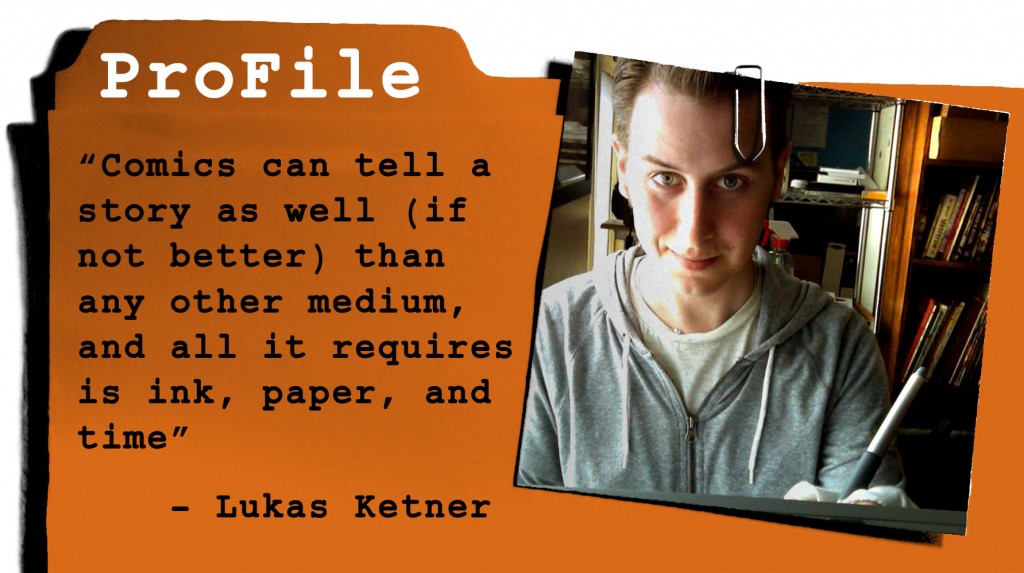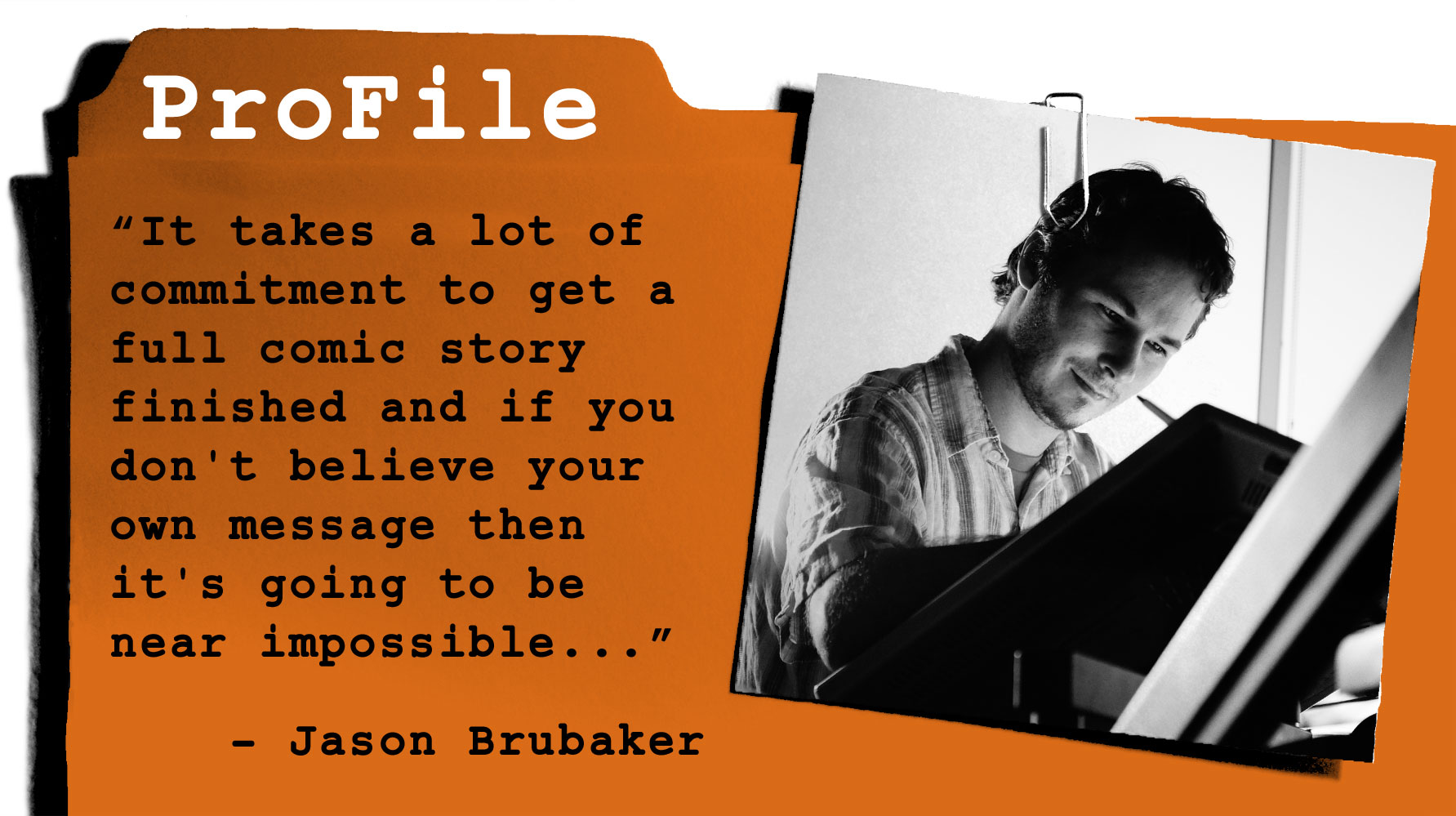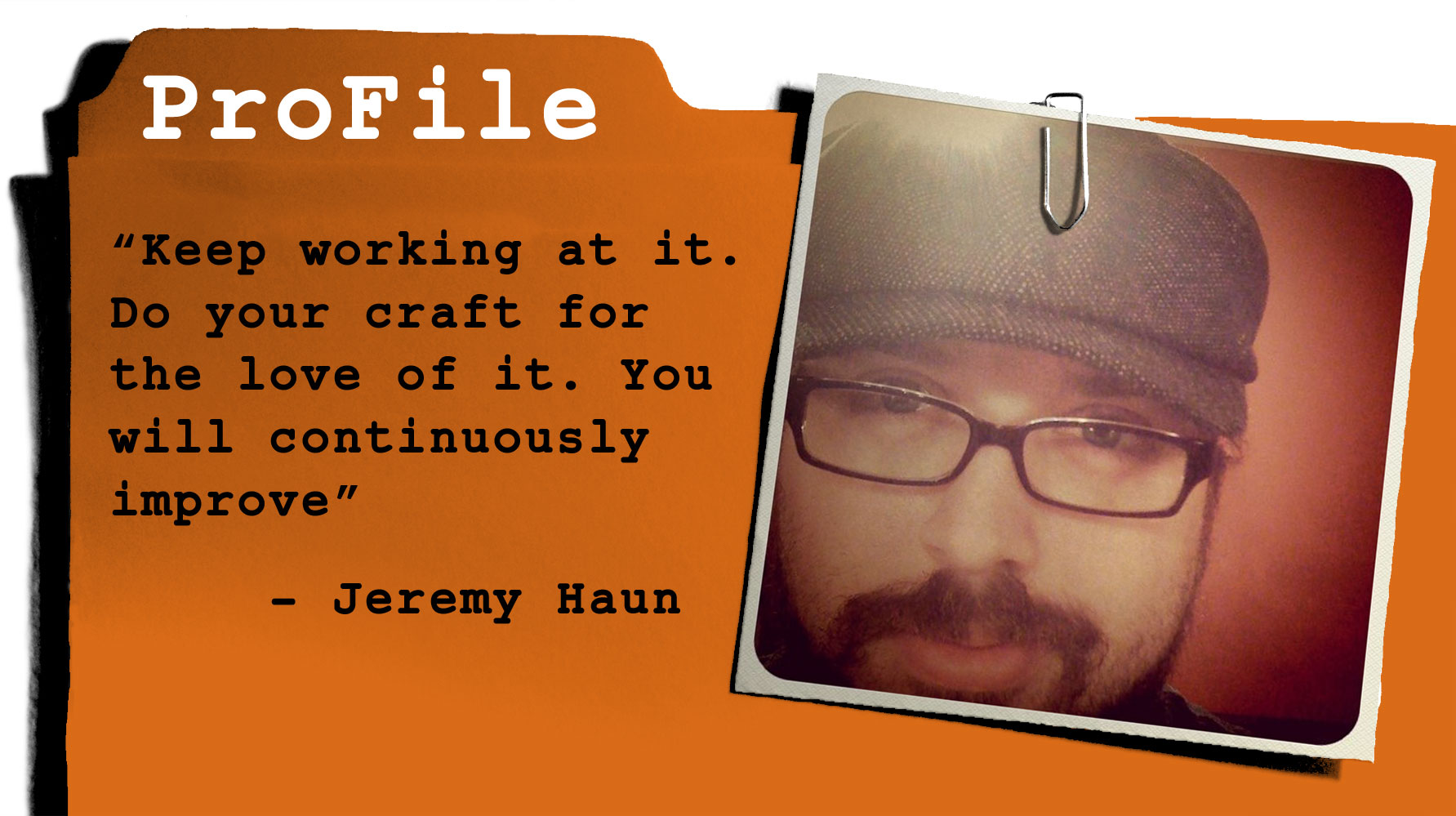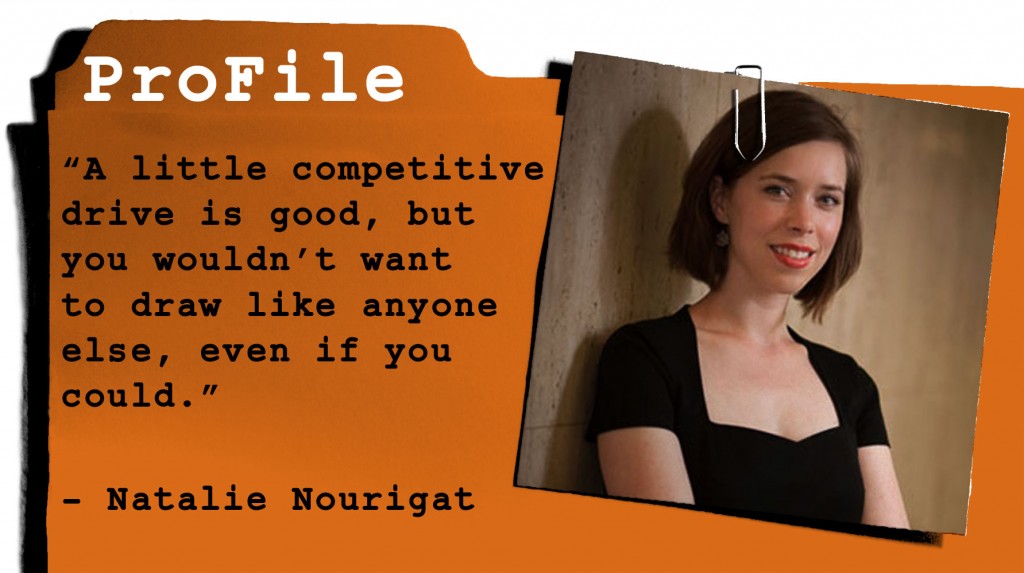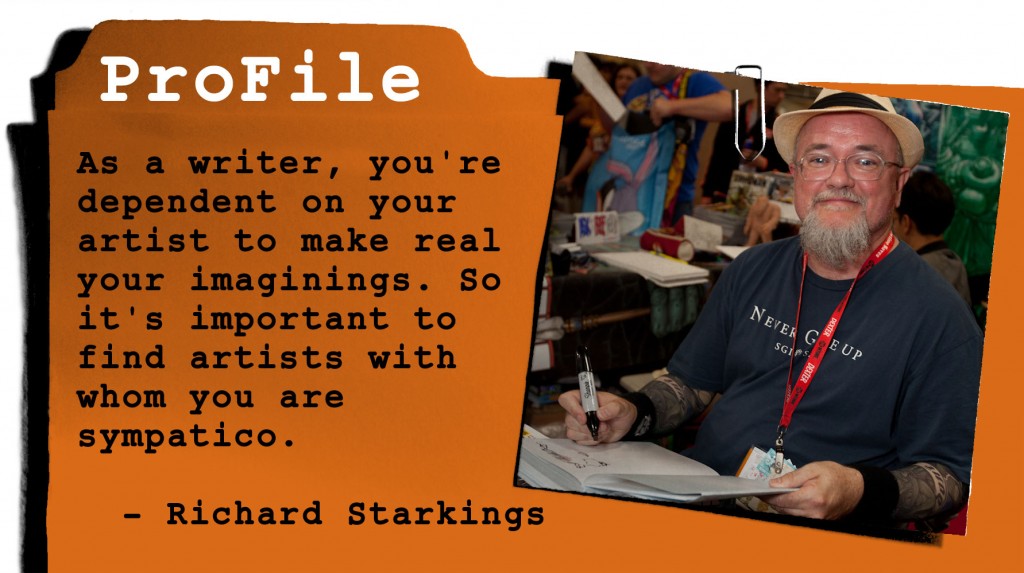Lukas Ketner is the artist and co-creator of Witch Doctor, the hit launch title for Robert Kirkman’s Skybound imprint at Image Comics. He was a 2009 nominee for the Russ Manning Award for his Witch Doctor work, which has earned praise from fans and creators alike. Other work includes stories for Dark Horse Comics’ Creepy Comics and Supersized: Strange Tales From a Fast-Food Culture, along with covers for BOOM! Studios’ Hellraiser title. He has twice won entry into the Communication Arts Illustration Annual for his album artwork. He survived a successful full-body transplant from his hometown in Anchorage, AK to Portland, OR in 2000 where he currently resides. You can check out his work and drop him a line on Facebook.
What made you decide to work in the medium of comics?
For me, it was the realization that I could tell stories as well, if not better than prose and film — both of which I tried my hand at, and NO you may not see the results, they’re awful 😉 For me, comics can tell a story as well (if not better) than any other medium, and all it requires is ink, paper, and time. Sure, money helps, but that’s an obstacle that’s easier to overcome in the digital age to reach an audience.
What part of the process is the most challenging or frustrating to you?
Well, challenging and frustrating aren’t always the same thing, although they do overlap quite a bit 😉 For me story flow and lining up shots is very challenging and non-intuitive for me, but very fun and rewarding, much like solving a puzzle. It’s frustrating when I’m inking that same page and I can’t do it fast enough because I’ve added detail to areas that don’t need as much attention as I’ve given them. Then, that elegant puzzle I solved previously turns into a 2-3 day grind that’s totally unnecessary— comics pages shouldn’t take that long for a monthly horror book. It’s a mistake that I’m slowly making less and less, but it still happens. I really admire artists whose styles are more economical, but still great to look at. My studio-mates Jonathan Case and Steve Leiber come to mind, along with Sean Murphy. Murphy does have a very detailed style, but you’ll notice it’s rarely more detail than necessary to make the image really sing.
If you could give one piece of advice to an aspiring comics creator, what would that be?
A rule I learned in design school, “Very Little, Very Well Done.” If you’re trying to get noticed, do a “done-in-one”, the comics equivalent of a short film. Make it one issue tops to start with, and NO cliffhangers. It’s got to be a full story, start to finish, no “prologues” or “to be continued”. That doesn’t mean it can’t take place in a world that you’d like to explore further in the future, but it needs a satisfying conclusion, and maybe a hint that there’s more story to tell (if that’s relevant). Print it up! Put it online for free. Put it everywhere that people can see it. You can sell it at shows to try to recoup some expenses, but don’t expect to make a profit. It’s proof that you can do the work and do it well; that’s what’s important. Get some interest behind you, and as much feedback as you can possibly get from editors and other successful creators. Maybe do another, again, done-in-one applying what you’ve learned. Why such small bites? Because you don’t want your first work to be a 12-issue epic, and then find out via feedback that you’re doing it wrong story-wise after you’ve put out two issues of hard work, and editors need to see that you can complete a story in a satisfying manner. I guess that’s a bit long for ‘one piece of advice’, but there it is 🙂
